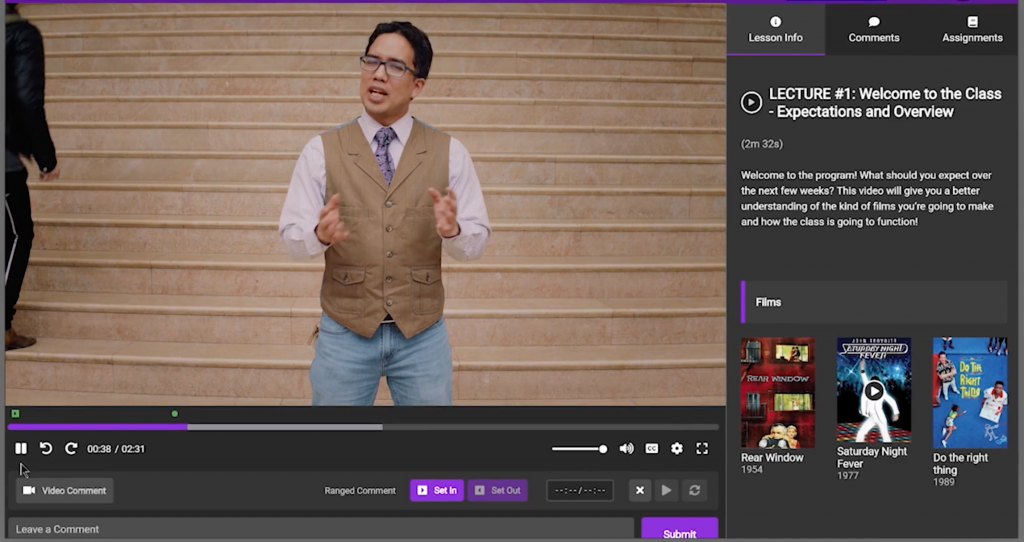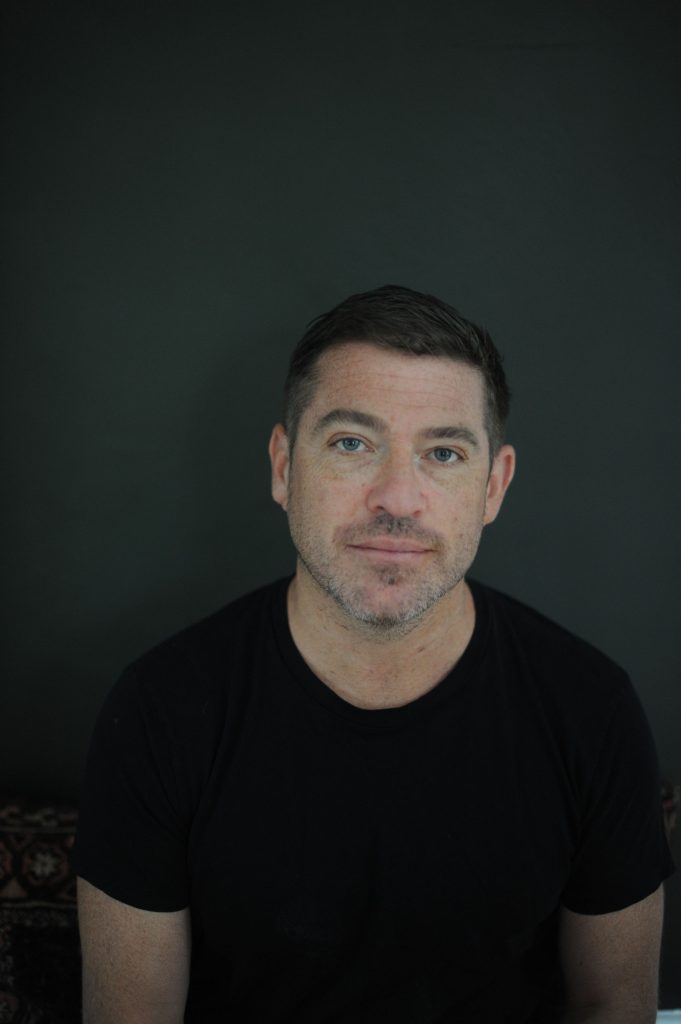Art World
Curator Nato Thompson’s Alternative Art School Is Kicking Off Classes With A-List Artist Instructors for a Fraction of the Price of an MFA
Artists Trevor Paglen and Janine Antoni are among the artist faculty.

Artists Trevor Paglen and Janine Antoni are among the artist faculty.

Sarah Cascone

Want to study under artists Trevor Paglen, Mel Chin, and Janine Antoni? Consider enrolling in the Alternative Art School, a new online art education program launching this week that counts all three artists among its faculty.
“These are not just some artists, these are super-geniuses—and not just genius in the sense that they make great art! They’re using art to change the world,” curator and author Nato Thompson, who is the coordinator at the school, told Artnet News. “It’s a real joy to have artists from around the world learning from them.”
The former artistic director of New York’s Creative Time and a graduate of the School of the Art Institute of Chicago, Thompson has long been frustrated by art schools’ exorbitant expense to students and the underpayment of adjunct faculty. Whereas annual tuition at the Yale School of Art currently costs $41,124, excluding fees and living expenses, the Alternative Art School charges $3,000 for three courses, $2,500 for two courses, and $1,500 for one. (The school currently offers eight scholarships, funded internally by private donors, in the way of financial aid.)
Classes are small, usually around 12 students, to make sure faculty develops personal relationships with everyone. Preference is given to applicants who apply early and sign up for three classes per quarter.

Nato Thompson. Photo Courtesy of the Alternative Art School.
With nearly a year of lockdown forcing much of the art world online, the moment seemed right to create a new institutional model. “This is a time of change, to unleash the tools of art activism on the world,” Thompson said, adding that the school will reimagine what an arts education can be, with a living wage for artist instructors and access for students anywhere in the world—provided they have a Wifi signal.
The school does not grant degrees and there are no plans to pursue accreditation. “Not because I’m some punk rock guy, but because I don’t see the point,” Thompson said. “People aren’t going [to the Alternative Art School] to get a degree.… They’re interested in a community and some really thought-provoking space for research, and you don’t need accreditation for that.”
The initial slate of course offerings, which began this week, include “Video as a Tool for Political Imagination” with Yael Bartana, and “Procedures from Shadows: Black and Indigenous Art Practice in the Brazilian Context” with Kenneth Bailey and Tiago Gualberto.
Recognizing the limitations of working with popular videoconferencing programs like Zoom, the Alternative Art School hosts its classes on a new e-learning program called Smashcut, which is also used in media classes at New York University, the University of Chicago, and Columbia University.
“Screensharing is not the highest quality way to share media. We’ve built a way to embed that media in anyone’s individual browser, and then you can co-navigate it,” Daniel Blackman, the founder of Smashcut, told Artnet News. “It creates an ecosystem where the art can happen.”
The inaugural cohort of students discovered the Alternative Art School through word of mouth, or through targeted ads on Facebook and Instagram.
Thompson says the response to the first few days of courses has been overwhelmingly positive. “Everybody understands there’s more than just taking classes at stake here,” he said. “We’re building a world together.”